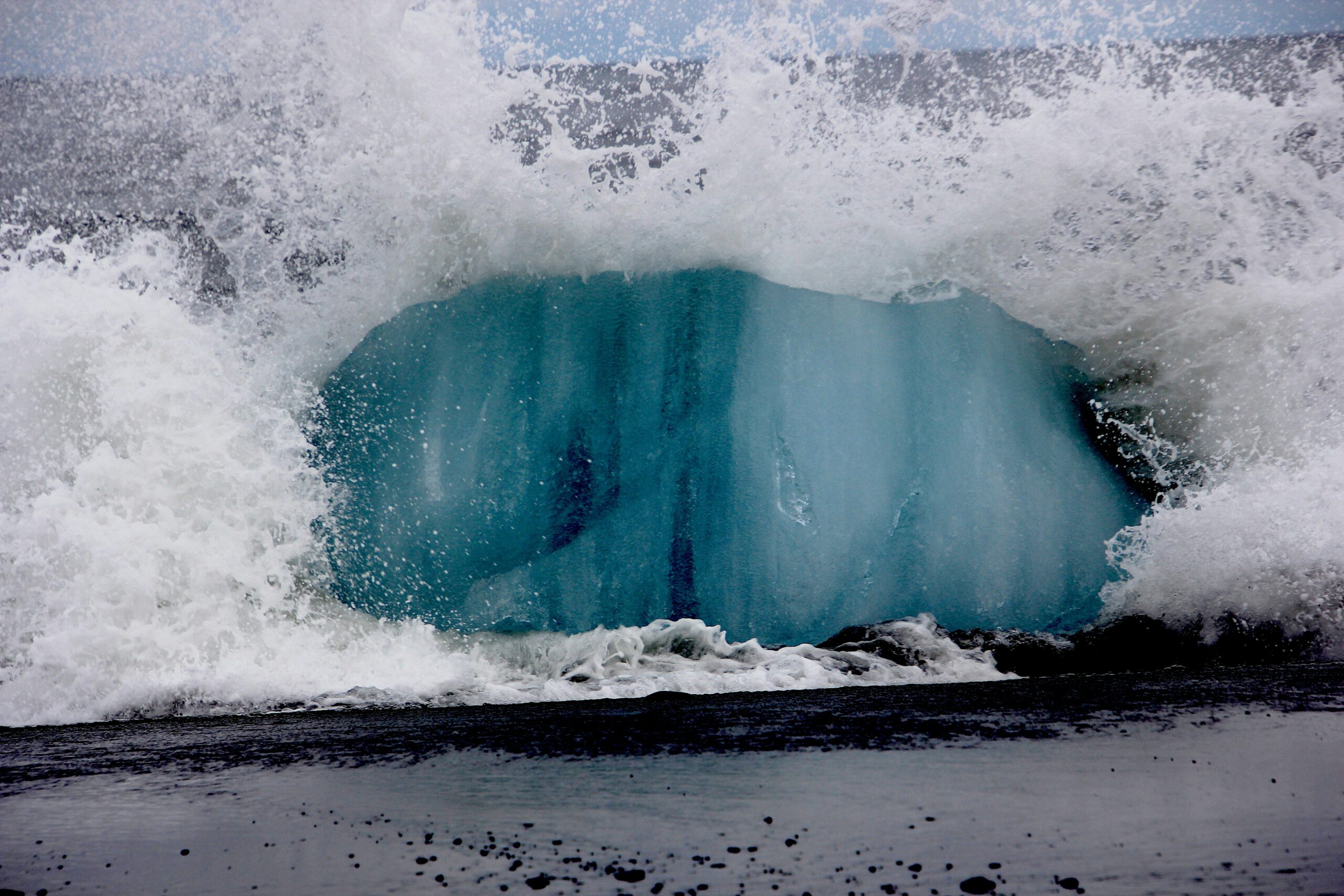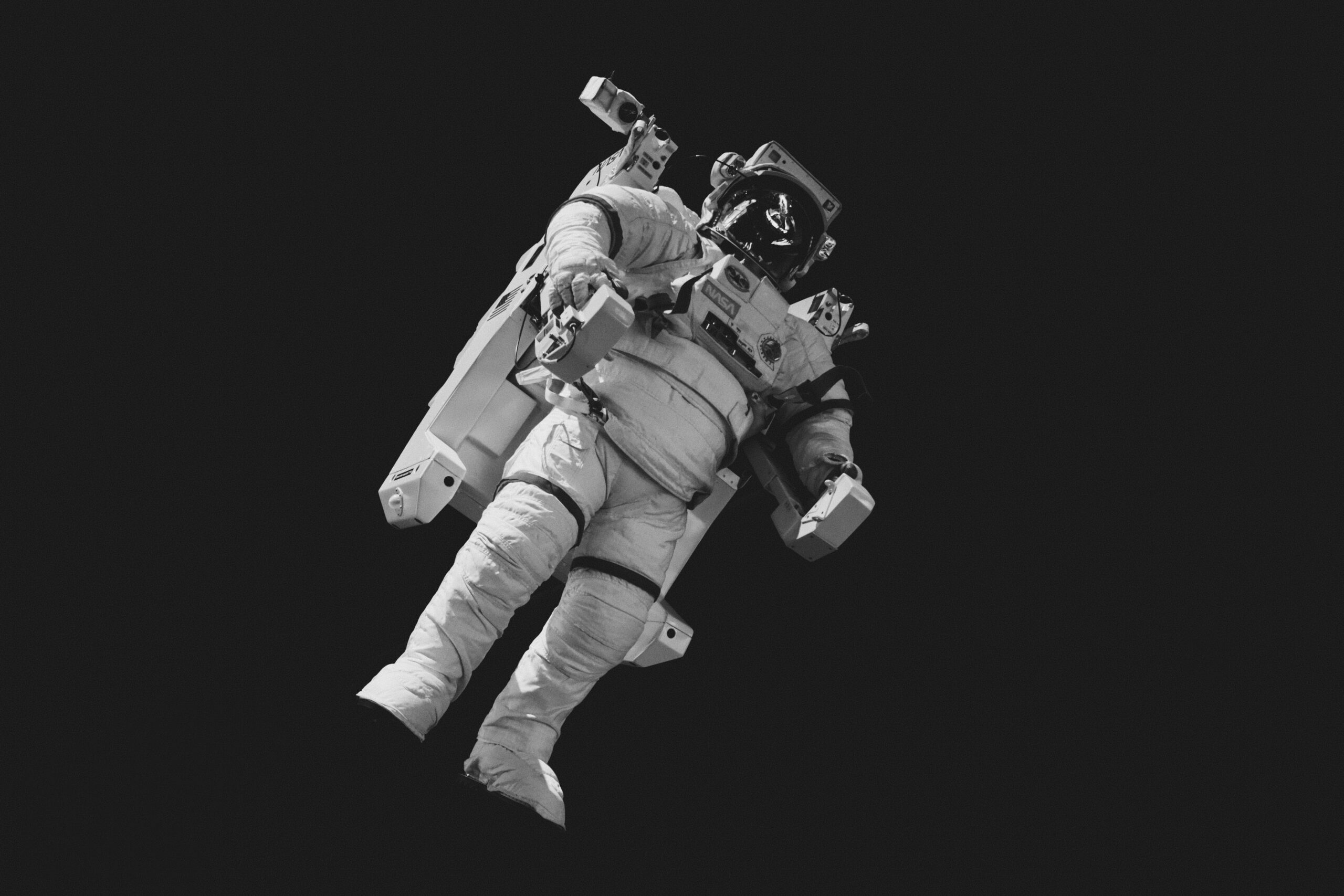Introduction to Asteroids and Their Impact Threat
Asteroids are small rocky bodies that orbit the Sun, primarily found in the asteroid belt between Mars and Jupiter. They play a significant role in understanding the history and evolution of our solar system, offering insights into the formation of planets and the composition of primordial materials. The study of these celestial objects is crucial as they can vary greatly in size, composition, and trajectory, thereby posing varying degrees of threat to our planet.
The potential threat of an asteroid impact has garnered attention from scientists and space agencies worldwide, particularly because collisions with Earth, although infrequent, can have catastrophic consequences. Past impact events, such as the one believed to have contributed to the extinction of the dinosaurs approximately 66 million years ago, highlight the severity of such occurrences. More recent impacts, like the Tunguska event in 1908, further emphasize the risks associated with these space rocks, which can cause significant damage even in remote areas.
Understanding the importance of monitoring asteroids is paramount for planetary protection. NASA, alongside other international space agencies, employs sophisticated technology and telescopes to track near-Earth objects (NEOs). By identifying and analyzing their orbits, size, and composition, scientists can assess the potential risk of an impact and develop contingency plans. The detection of asteroids that pose a threat allows researchers to calculate their trajectories and predict any close approaches to Earth. This predictive capability is of utmost importance as it facilitates timely responses and, if necessary, the development of deflection strategies to avert possible disasters.
As we approach 2024, ongoing advancements in asteroid detection will play a crucial role in safeguarding Earth’s future. It is essential to remain vigilant regarding these celestial entities, ensuring that our planet is adequately monitored for impending threats.
NASA’s Role in Asteroid Monitoring
The National Aeronautics and Space Administration (NASA) plays a pivotal role in monitoring asteroids and understanding their potential threats to Earth. Through advanced programs and cutting-edge technologies, NASA assesses the risks posed by Near-Earth Objects (NEOs), ensuring the safety of our planet. One of the most significant initiatives in this domain is the Near-Earth Object Wide-field Infrared Survey Explorer (NEOWISE), which has been instrumental in identifying and cataloging asteroids that come within proximity to Earth. Utilizing infrared imaging, NEOWISE detects the thermal emissions of asteroids, allowing for the efficient evaluation of their size, shape, and composition.
In tandem with NEOWISE, NASA established the Planetary Defense Coordination Office (PDCO) to coordinate efforts in detecting, tracking, and characterizing NEOs. The PDCO consolidates data from various observatories and institutions, fostering collaboration that enhances our collective asteroid monitoring capabilities. By leveraging a network of ground-based telescopes and space-based observatories, NASA can track the trajectories of asteroids with remarkable precision. These methodologies involve intricate calculations that assess an asteroid’s path and determine its potential for collision with Earth.
Additionally, NASA employs sophisticated modeling and simulation techniques to predict asteroid trajectories. These simulations account for gravitational influences from other celestial bodies and potential perturbations, allowing scientists to gauge the likelihood of impact accurately. When an asteroid is classified as a potential threat, NASA engages in proactive measures, including further observations and potential mitigation strategies. Through these concerted efforts, NASA’s commitment to asteroid monitoring exemplifies its dedication to planetary safety and scientific exploration in order to safeguard our future.
Understanding the 2024 Asteroid Predictions
As we approach the year 2024, NASA has identified a list of asteroids that are set to make close approaches to Earth. These near-Earth objects (NEOs) are classified based on their trajectories and proximity to our planet, significantly informing us about any potential risks associated with their approach. NEOs include both asteroids and comets, and scientists categorize them further into groups such as Atira, Apollos, and Amors, each defined by their orbital paths.
One notable asteroid on NASA’s watchlist for 2024 is 2021 JF1, which measures approximately 30 meters in diameter. It is expected to pass within a distance of 200,000 kilometers from Earth, demonstrating an intriguing scenario for observation but posing a low risk to our planet. Another asteroid, designated 2024 HW, is projected to be slightly larger at around 40 meters and will come as close as 150,000 kilometers, well within the average distance to the Moon, around 384,000 kilometers.
NASA assesses the risk of these asteroids using various parameters, including size, composition, and trajectory. For an asteroid to be classified as potentially hazardous, it must have a diameter of at least 150 meters and come within 0.05 astronomical units (about 7.5 million kilometers) of Earth. The agency utilizes advanced telescopes and tracking systems to monitor the paths of these asteroids to predict their positions accurately and assess any potential threats.
Continuous monitoring allows scientists to calculate the likelihood of an impact, helping to formulate plans in case a significant threat emerges. As technology advances, NASA aims to improve its predictive capabilities, ensuring that we remain vigilant against the remnants of our solar system that may venture close to our world.
The Science Behind Predicting Asteroid Impacts
The prediction of asteroid impacts relies on a combination of advanced scientific methods, observational techniques, and computational simulations. Understanding the trajectories of these celestial bodies is rooted in a discipline known as orbit determination. This process involves calculating the position and velocity of an asteroid using a variety of observational data. By tracking an asteroid’s movements, scientists can predict whether it may pose a threat to Earth in the future.
Telescopes play a crucial role in the tracking of asteroids as they scan the night sky for these distant objects. Ground-based telescopes, along with space-based observatories, collect light and data that inform scientists about an asteroid’s size, shape, and orbit. The light reflected from an asteroid enables researchers to ascertain its composition, which can be significant in assessing the potential impact of any collision. Advanced imaging techniques, such as radar observations, provide additional information, allowing for precise measurements of an asteroid’s trajectory.
To complement observational data, scientists frequently employ sophisticated computer simulations. These simulations incorporate gravitational influences from celestial bodies, such as planets and the Sun, which affect an asteroid’s path over time. By applying Newtonian mechanics and other mathematical modeling techniques, researchers can extend impact predictions into the future. This allows for the evaluation of possible collision scenarios, which is essential for developing potential mitigation strategies should a threat be identified.
Overall, the intricate science behind predicting asteroid impacts merges observational techniques, rigorous calculations, and advanced technology. By utilizing these diverse methods, NASA and other space agencies are equipped to monitor the night sky effectively. This ongoing vigilance is essential for ensuring that we are prepared for any potential asteroid threats, especially as we approach the year 2024 when specific monitoring efforts are heightened.
Case Studies of Past Asteroid Impacts
Throughout Earth’s history, asteroid impacts have shaped the planet in ways that are both profound and catastrophic. Two notable case studies, the Tunguska event of 1908 and the Chicxulub impact approximately 66 million years ago, provide critical insights into the potential consequences of such collisions. Understanding these events is essential for evaluating the threats posed by future asteroid impacts.
The Tunguska event occurred in a remote area of Siberia, Russia, when an asteroid or comet, estimated to be 50 to 60 meters in diameter, exploded in the atmosphere with the force of approximately 10-15 megatons of TNT. Resulting from this airburst, a vast area of roughly 2,000 square kilometers was flattened, destroying approximately 80 million trees and causing no direct human fatalities, largely due to its isolated location. Nevertheless, the explosion’s impact emphasizes the potential for disastrous consequences, highlighting the necessity for continuous monitoring and understanding of near-Earth objects.
The Chicxulub impact, located near the Yucatán Peninsula in Mexico, is considered one of the most significant asteroid impacts in Earth’s history, as it is widely believed to have contributed to the mass extinction event that erased about 75% of Earth’s species, including the dinosaurs. This impact is estimated to have occurred when an asteroid with a diameter of 10 to 15 kilometers collided with Earth, releasing energy equivalent to billions of atomic bombs. The immediate aftermath included wildfires, tsunamis, and a “nuclear winter” effect due to dust and debris blocking sunlight, leading to long-term climatic changes that drastically altered ecosystems.
These historic asteroid impacts underscore the need for rigorous scientific investigation into the potential hazards posed by such celestial events. By studying these past occurrences, we gain invaluable knowledge that informs current strategies for monitoring asteroids and preparing for future threats. Evaluating the implications of these impacts on the past can guide humanity’s future actions in safeguarding against asteroid collisions.
Mitigation Strategies for Asteroid Threats
As the awareness of potential asteroid impacts continues to grow, so too does the need for effective mitigation strategies. NASA and various international organizations are developing comprehensive approaches to reduce the risks posed by these celestial bodies. One of the primary strategies involves deflection missions, which aim to change the trajectory of an asteroid through various techniques. This can include kinetic impactors, such as NASA’s Double Asteroid Redirection Test (DART) mission, which successfully demonstrated the potential for altering an asteroid’s path by colliding a spacecraft with it at high speeds.
In addition to kinetic impactors, other concepts, such as gravity tractors and laser ablation, are being explored. Gravity tractors involve a spacecraft using its gravitational pull to slowly alter an asteroid’s course over an extended period. Laser ablation, on the other hand, proposes the use of concentrated solar energy or ground-based lasers to vaporize material on the asteroid’s surface, thus generating thrust that nudges it off its collision course.
Another crucial element in mitigating asteroid threats is the advancement of impact prediction technologies. By developing better observational techniques and algorithms, scientists can enhance their ability to detect potentially hazardous asteroids and predict their orbits with greater accuracy. Initiatives like the Near-Earth Object Observations (NEOO) program play a vital role in identifying and tracking these objects long before they pose a risk to Earth.
Cooperation on an international scale is essential for effective planetary defense. Many countries are recognizing the importance of sharing data and resources to safeguard against asteroid impacts. Collaborative efforts involve joint research projects, response protocols, and information sharing among space agencies worldwide. These partnerships ensure a unified approach to dealing with the asteroid threat, making it a global priority.
Public Awareness and Preparedness for Asteroid Impacts
Public awareness regarding the threat of asteroid impacts is critical in fostering a culture of preparedness. Asteroids, although they may seem distant and abstract, pose a real risk to life on Earth. Education plays a fundamental role in increasing awareness and helping communities understand the potential consequences of an asteroid impact. Through various outreach initiatives, NASA and other organizations have been working to inform the public about the nature of asteroids, their orbits, and the methods used to monitor them. This knowledge enables individuals to comprehend the significance of these celestial bodies and the importance of vigilance.
One of the primary steps individuals can take to prepare for an asteroid event involves understanding the types of impacts that could occur and recognizing the signs before an event happens. Educational programs should emphasize personal safety measures, including how to respond during an emergency. Communities that facilitate training sessions or workshops can empower citizens, making them more resilient in the face of potential threats. Moreover, these educational efforts can inspire individuals to partake in community planning for such phenomena.
In addition to individual education, there are various emergency systems established to respond to asteroid threats. For instance, local governments can integrate asteroid impact responses within their emergency management frameworks, ensuring that plans are in place to address potential evacuations or resource allocations. Coordination between governmental bodies, scientific organizations, and emergency services plays a pivotal role in developing comprehensive strategies for potential asteroid impact scenarios.
Ultimately, enhancing public awareness along with community preparedness can significantly mitigate the risks associated with asteroid impacts. By promoting understanding and establishing robust emergency plans, individuals can contribute to creating a safer environment for all. Through education and readiness, societies can better navigate the uncertainties posed by these natural events.
Looking Ahead: The Future of Asteroid Monitoring
As we consider the future of asteroid monitoring, it is imperative to recognize the advancements that NASA is implementing to improve our detection and prediction capabilities. Upcoming missions, including the Hera mission, aim to study binary asteroid systems in detail, enhancing our understanding of the composition and trajectory of these celestial bodies. The insights gained from such missions will significantly inform our planetary defense strategies and improve our ability to predict potential threats.
In addition to NASA’s endeavors, private companies are beginning to play an instrumental role in asteroid monitoring. These firms are developing innovative technologies designed for faster detection and tracking of Near-Earth Objects (NEOs). Collaborations between governmental agencies and privatized aerospace firms could lead to the creation of a more robust detection infrastructure, providing global coverage for monitoring these potential threats. This evolution in cooperation necessitates a shared vision for planetary defense, merging public and private resources effectively.
International partnerships are another cornerstone of future asteroid monitoring efforts. Establishing global networks dedicated to the observation and tracking of asteroids will enhance our predictive capabilities. By exchanging data and coordinating detection efforts across borders, nations can work together to mitigate the risk of a significant asteroid impact. Such collaborations can also lead to the development of standardized protocols for responding to potential threats, should they arise.
Moreover, ongoing research remains a crucial element in this field. Investments in scientific studies related to asteroid composition, behavior, and impact scenarios will enrich our understanding and preparedness. These efforts can inform not only the detection technologies but also shape our response strategies, should a threat be identified. As our knowledge base expands, so too does our ability to safeguard the planet from the potential dangers posed by asteroids.
Conclusion
In summary, the potential threat of an asteroid impact is a critical issue that warrants continued vigilance and proactive measures in planetary defense. Throughout this discussion, we have explored various aspects of asteroid monitoring and prediction efforts, particularly as they relate to the upcoming considerations in 2024. NASA has developed robust monitoring systems to track Near-Earth Objects (NEOs), providing critical data on their trajectories, sizes, and potential hazard levels. The comprehensive analysis of these celestial bodies allows scientists to assess risk factors and implement necessary precautions effectively.
Despite the low probability of a significant asteroid impact occurring, the implications of such an event would be drastic and catastrophic for our planet. Understanding the dynamics of asteroids and the potential for collision is paramount for ensuring the safety of humanity. The advancements in technology enable researchers to refine their predictive capabilities, thus fostering international collaboration to develop response strategies should an impending threat be identified.
As we look towards the future, it is essential to maintain public awareness and support for research initiatives in planetary defense. Such an approach not only underscores the importance of scientific understanding but also reinforces our responsibility to protect the Earth from external threats. Given that the universe can be unpredictable, staying informed and prepared is crucial. As the year 2024 approaches, the need for ongoing vigilance in monitoring and mitigating first of asteroid threats will remain a high priority for agencies like NASA. This emphasis on preparation is vital to safeguarding our planet from potential disasters that could endanger life as we know it.



